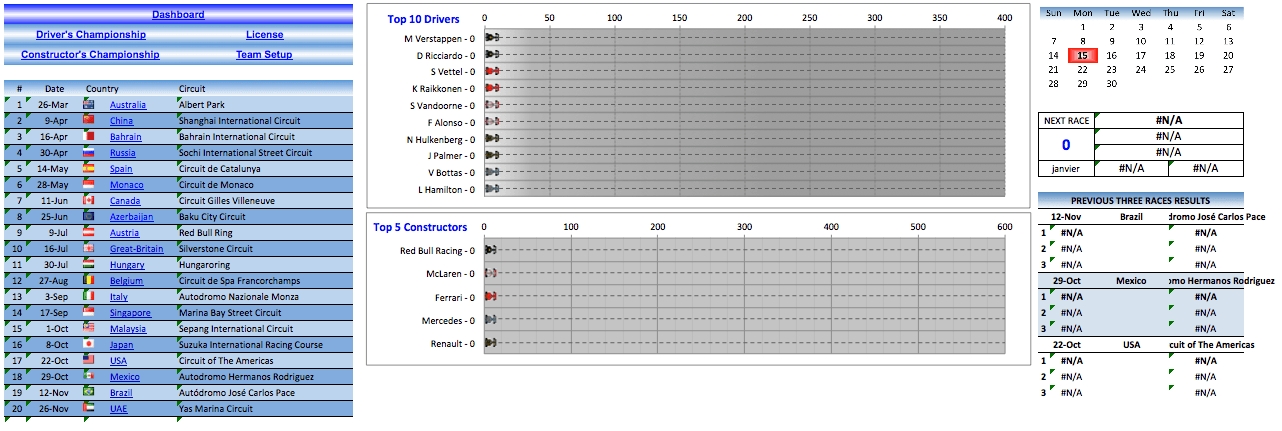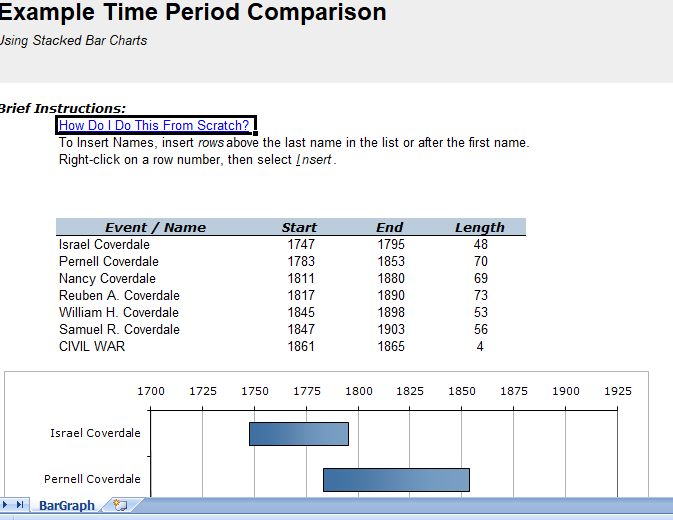Mastering the Bill of Materials: Boosting Project Management and Streamlining Production for Enhanced Efficiency
What is Bill of Material?
A Bill of Materials (BOM) is a comprehensive list of raw materials, components, parts, assemblies, and other items required to manufacture a finished product. It includes detailed information such as item names, descriptions, quantities, and sometimes costs, vendors, or lead times.
The BOM serves as a guide for the manufacturing process, ensuring that all necessary components are available and accounted for when assembling a product. It is commonly used in industries such as manufacturing, engineering, and product development.
BOMs can be structured in different ways, depending on the needs of the organization and the complexity of the product. Some common types of BOMs include:
Single-Level BOM:

A Single-Level Bill of Materials (BOM) lists all the components required to assemble a single item or assembly, without considering any sub-assemblies. In other words, it provides a flat view of the product, showing only the direct components needed for manufacturing.
Example: Consider a simple wooden table. The Single-Level BOM for this table would include:
- Tabletop
- Leg (x4)
- Screw (x16)
This BOM only lists the basic components required for assembly, without breaking down any sub-assemblies or detailing how the individual parts are connected.
Multi-Level BOM:

A Multi-Level Bill of Materials provides a more detailed view of the product by breaking it down into sub-assemblies and their respective components. This hierarchical structure allows for a clearer understanding of the relationships between various parts and the overall assembly process.
Example: Using the same wooden table, the Multi-Level BOM would look like this:
- Table Assembly
- 1.1. Tabletop
- 1.2. Leg Assembly (x4)
- 1.2.1. Leg
- 1.2.2. Screw (x4)
In this example, the table is broken down into the main assembly and sub-assemblies (leg assemblies). Each sub-assembly lists its own components, giving a more in-depth understanding of the manufacturing process.
Modular BOM:

A Modular Bill of Materials organizes components into modules or functional units, which can be used to build various product configurations. This approach is particularly useful for products with multiple variations, as it simplifies the BOM structure and allows for easier management of different configurations.
Example: Imagine the wooden table can be customized with different types of legs (straight or curved) and tabletops (round or rectangular). The Modular BOM for this table would be structured as follows:
- Table Assembly
- 1.1. Tabletop Module
- 1.1.1. Round Tabletop (Option A)
- 1.1.2. Rectangular Tabletop (Option B)
- 1.2. Leg Module (x4)
- 1.2.1. Straight Leg Assembly (Option A)
- 1.2.1.1. Straight Leg
- 1.2.1.2. Screw (x4)
- 1.2.2. Curved Leg Assembly (Option B)
- 1.2.2.1. Curved Leg
- 1.2.2.2. Screw (x4)
This Modular BOM allows manufacturers to quickly select the appropriate modules for a specific table configuration, streamlining the assembly process and reducing the complexity of managing multiple product variations.BOMs are crucial for efficient production, inventory management, and supply chain planning, as they help to coordinate procurement, production scheduling, and assembly processes.
“The Ins and Outs of Bill of Materials: When, Why, and Where to Create a BOM for Maximum Efficiency”
A Bill of Materials (BOM) is an essential element in the world of manufacturing, playing a critical role in the creation, production, and management of products. Understanding when, why, and where to create a BOM is crucial for organizations looking to optimize their processes and ensure the efficient production of high-quality goods. In this blog post, we’ll explore the importance of BOMs, their benefits, and the various stages where they come into play.
When to Create a BOM?
A BOM is typically created during the early stages of product development, often in tandem with the design and engineering processes. This allows the BOM to evolve alongside the product, ensuring that all necessary components are accounted for and that any changes or updates are accurately reflected. Key milestones for BOM creation include:
- Concept Development: A preliminary BOM may be generated to estimate costs, resources, and potential supply chain issues.
- Detailed Design: As the product design becomes more refined, the BOM is updated to include specific components, materials, and quantities.
- Production Planning: The finalized BOM is used to coordinate procurement, inventory management, and production scheduling.
Why Create a BOM?
There are several reasons why creating a BOM is essential for an organization’s success:
A Bill of Materials (BOM) plays a crucial role in procurement planning and material resource planning (MRP) within an organization. Here’s how:
- Accurate Procurement Planning: A BOM lists all the raw materials, parts, and assemblies needed to manufacture a product, along with their quantities. This provides a clear picture of what needs to be procured, allowing the procurement team to plan purchases accurately and efficiently. Knowing exactly what is needed reduces the risk of over-ordering or under-ordering, both of which can lead to increased costs and potential production delays.
- Optimized Inventory Management: With a BOM, businesses can anticipate the demand for each component or material over a given period, enabling them to maintain optimal inventory levels. This helps to prevent stock-outs (which can halt production) and excess stock (which can tie up capital and storage space).
- Enhanced Supplier Relationships: A BOM can facilitate better communication and relationships with suppliers. By sharing BOM information, suppliers can better understand their customer’s needs and plan their production and deliveries accordingly. This can lead to more reliable delivery, better quality, and potentially better pricing.
- Production Scheduling: A BOM, in combination with production schedules, enables the creation of a detailed material resource plan. This outlines when each component or material needs to be available for production, ensuring a smooth and continuous production process.
- Cost Estimation and Control: A detailed BOM allows for accurate estimation of material costs, which is essential for budgeting and cost control. It also enables cost analysis at the component and product level, which can support strategic decisions about product pricing, sourcing strategies, and potential design changes.
- Lead Time Management: The BOM can include information about lead times for each component or material. This is crucial for planning purposes, as it allows businesses to schedule procurement activities to ensure materials arrive just in time for production, minimizing storage needs and reducing the risk of production delays.
Where to Create and Manage a BOM?
The creation and management of a BOM can be done using various tools and software, depending on an organization’s needs and resources. Some common options include:
- Spreadsheets: For smaller businesses or simple products, a spreadsheet can be a cost-effective and straightforward solution for creating and managing a BOM.
- CAD (Computer-Aided Design) Software: CAD tools often include built-in BOM management features, allowing designers and engineers to generate and update BOMs as they develop the product.
- PLM (Product Lifecycle Management) Software: PLM systems provide a centralized platform for managing all aspects of the product lifecycle, including BOM creation and management. These systems are particularly beneficial for larger organizations or complex products with multiple configurations.
- ERP (Enterprise Resource Planning) Software: ERP systems often include BOM management modules, integrating the BOM with other essential business functions like procurement, inventory, and production planning.
Conclusion:
Understanding when, why, and where to create a Bill of Materials is crucial for organizations striving to optimize their manufacturing processes and ensure the successful production of high-quality products. By carefully planning and managing BOMs throughout the product lifecycle, businesses can enhance collaboration, reduce costs, and ultimately, increase customer satisfaction.





